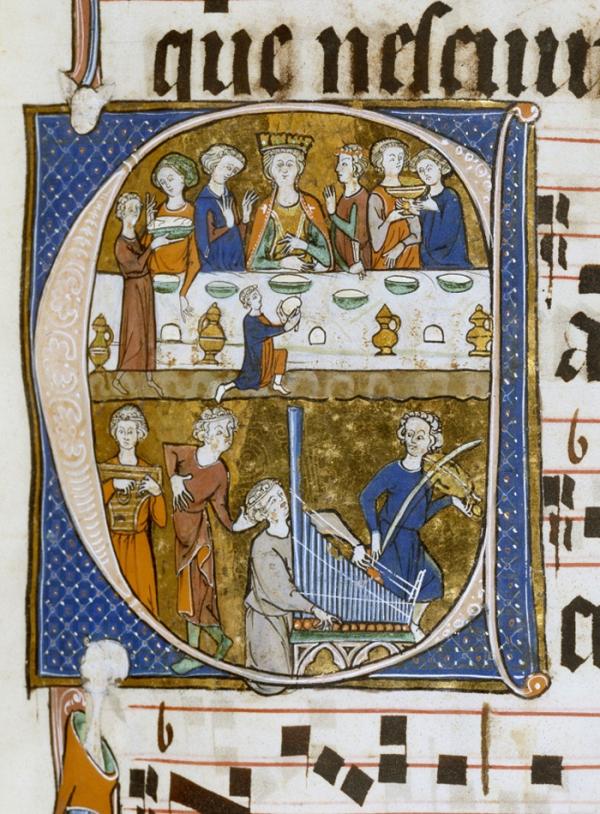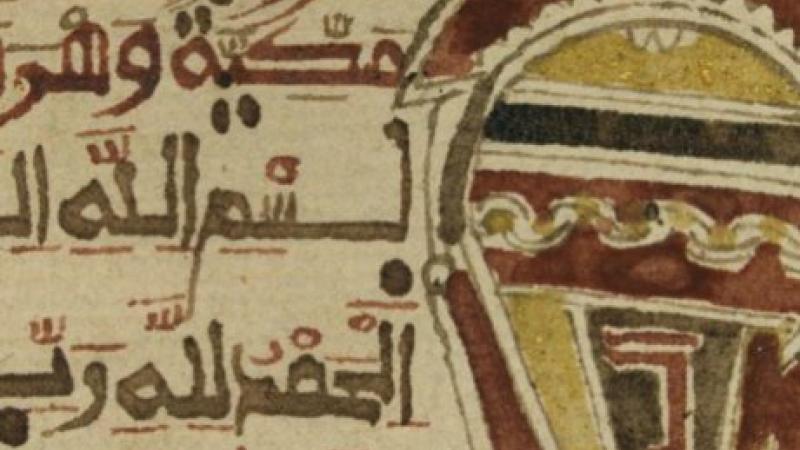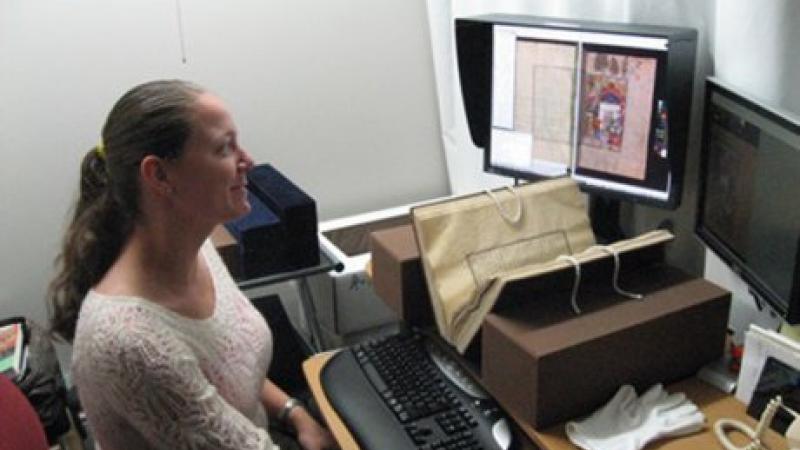Making Medieval Modern

Leaf from Antiphonary for Abbess of Sainte-Marie of Beaupré
Anonymous Flemish Artist. 1290. Gift of the William R. Hearst Foundation, 1957. Creative Commons license.

Leaf from Antiphonary for Abbess of Sainte-Marie of Beaupré
Anonymous Flemish Artist. 1290. Gift of the William R. Hearst Foundation, 1957. Creative Commons license.
How is a richly-colored, hand-created manuscript from the ninth century transferred to a digital museum catalogue?
The answer can be found at the Walters Art Museum in Baltimore, where a couple of exciting projects are underway, funded by NEH through the Humanities Collections and Reference Resources program. One project, awarded in 2008, has completed the digitization of 236 Islamic illuminated manuscripts; another, awarded in 2010, is digitizing 105 manuscripts from diverse Christian cultures; and the most recent project, awarded in March, will digitize 112 Flemish manuscripts.
Medieval manuscripts are unique historical documents as well as works of art, and the museum’s collection includes both little-known treasures and well-known examples such as the Beaupré Antiphonal, which was made for the Cistercian convent of Beaupré in 1290 and which, as the earliest extant large-format choir book from Northern Europe, is central to the history of music. The Islamic collection, consisting of 53,000 folios, is distinguished for its illuminated manuscripts of the Koran as well as illustrated volumes of Persian poetry that date from the ninth century to the nineteenth century. The collection represents all major cultures and languages of the traditional Islamic world (Arabic, Persian, and Turkish). The Walters’ second project is digitizing Armenian, Byzantine, Dutch, English, Central European, and Ethiopian Christian manuscripts. And the most recent will focus on illuminated manuscripts from northeastern France and Belgium from the 13th to the 16th centuries, with particular attention to 80 Books of Hours, personal devotional compilations that contain texts and images tailor-made to reflect the interests and preoccupations of their patrons.
William Noel, Senior Curator of Manuscripts and Rare Books at the Walters and director of both projects, oversees the museum’s conservation and digitization labs. In those facilities, staff including Senior Conservator of Rare Books and Manuscripts Abigail Quandt stabilize the manuscripts prior to digitization. As necessary, the conservators repair and preserve bindings, mend tears and losses in supports, and tend to flaking text ink and other unstable media.
Once manuscripts have been stabilized, they are taken to a specially equipped laboratory for digitization. Digitization Specialists Diane Bockrath and Ariel Tabritha digitize every page, a process which includes capturing a high-resolution master file image, applying color correction, and adding descriptive and technical metadata. In a given day, the digitization team can complete up to 200 pages.
Noel, director of both projects, oversees the museum’s conservation and digitization labs. In those facilities, staff including Senior Conservator of Rare Books and Manuscripts Abigail Quandt stabilize the manuscripts prior to digitization. As necessary, the conservators repair and preserve bindings, mend tears and losses in supports, and tend to flaking text ink and other unstable media.
Once manuscripts have been stabilized, they are taken to a specially equipped laboratory for digitization. Digitization Specialists Diane Bockrath and Ariel Tabritha digitize every page, a process which includes capturing a high-resolution master file image, applying color correction, and adding descriptive and technical metadata. In a given day, the digitization team can complete up to 200 pages.
Additional Resources
You can find the completed digitized Islamic manuscripts at the Walters Art Museum online catalogue. You may also want to visit their online exhibition Poetry and Prayer: Islamic Manuscripts from the Walters (no longer active) where you can learn more about the manuscripts and listen to audio clips of recitations. Check back to their site in the coming months as they begin to add more manuscripts.

